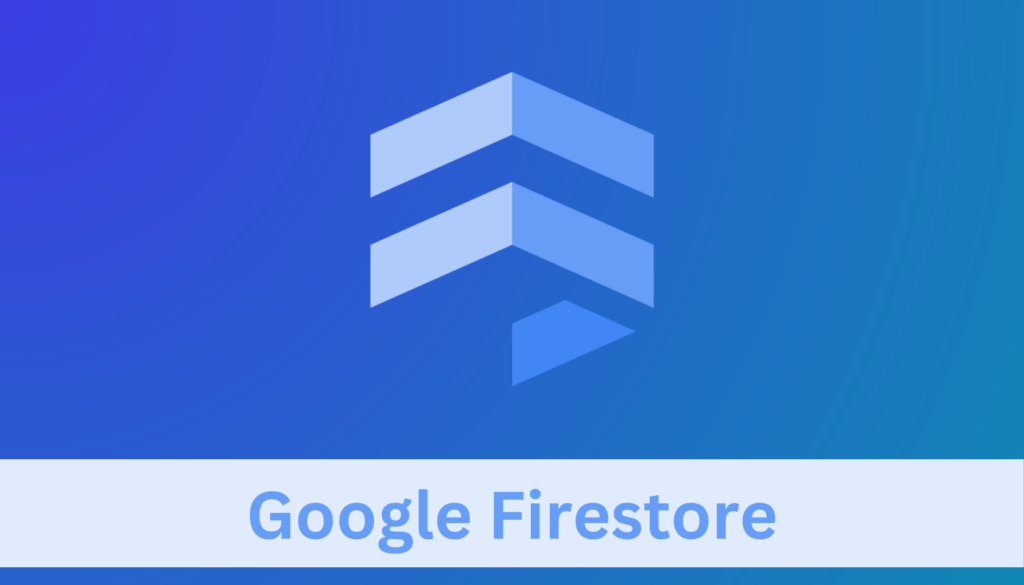What is Google Firestore?
Google Firestore is a highly scalable and flexible NoSQL database service designed for web and mobile application development. It stands out for its ability to sync data across user devices in real time, making it an excellent choice for applications that require live updates, like chat apps or online games. Firestore simplifies the complexities of database management, offering powerful querying capabilities, seamless integration with other Google Cloud services, and robust security features. This service not only enhances the development process by reducing backend coding needs but also ensures that your data is reliably stored and efficiently managed, making it a go-to solution for developers aiming to build responsive and dynamic applications.
Breaking Down the Core Features of Google Firestore
Firestore offers a range of features that satisfy various needs, from real-time updates to robust data structuring, making it a versatile choice for developers.
1. Real-time Database Sync
Firestore’s real-time database synchronization is a standout feature. It allows for instant data updates across all connected client devices. This is particularly useful for applications requiring live interaction, such as messaging apps or collaborative tools.
2. Scalability and Performance
One of Firestore’s key strengths is its scalability. It effortlessly handles the growth of your application, from a few users to millions, without any significant changes in the infrastructure. This scalability ensures high performance and responsiveness, irrespective of user load.
3. Flexible Data Modeling
Firestore provides a flexible data model, which makes it easier to store and manage data. You can structure data in a way that best suits your application, whether it’s simple lists or complex hierarchical data.
4. Powerful Querying and Transactions
With Firestore, you have access to powerful querying capabilities. It supports a wide range of queries, including compound queries, allowing you to retrieve data efficiently. Transactions in Firestore are atomic, consistent, isolated, and durable (ACID), ensuring data integrity.
5. Security and Authentication
Security is serious in Firestore. It offers robust built-in security features to control access to your data. Integration with Firebase Authentication and Google Identity Platform allows for secure user authentication and fine-grained access control.
6. Monitoring and Analysis Tools
To keep track of your application’s performance and usage patterns, Firestore integrates with Google’s monitoring and analysis tools like Google Analytics and Cloud Monitoring. These tools provide insights that help in optimizing your application and improving user experience.
Google Firestore Pricing Overview
Understanding the pricing of Firestore is crucial for efficient budgeting and cost management. Firestore’s pricing model is designed to be scalable and flexible, accommodating the varying needs of different applications.
Basic Pricing Structure
Firestore operates on a pay-as-you-go pricing model. This means you are billed based on your usage of resources like read/write operations, stored data, and network usage. This model allows for flexibility and ensures that you only pay for what you use.
Pricing Components
- Read/Write/Delete Operations: Costs are incurred per 100k read, write, and delete operations performed in your database.
- Stored Data: Charges are based on the average amount of data stored in Firestore databases, calculated daily.
- Network Usage: Costs for data transferred out of Firestore to a non-Google Cloud service, with the first 10 GB per month being free.
What is included in Google Firestore Free Tier?
Firestore offers a free tier, which includes:
- 50,000 document reads, 20,000 document writes, and deletes per day per day at no cost.
- 1 GiB storage space without charge.
- 10 GiB per month network usage for data transfer outside of Google Cloud services.
Things that are not included in the free tier:
- TTL deletes
- PITR data
- Backup data
- Restore operations
The free tier is particularly beneficial for small projects, testing environments, or applications in early development stages. It ensures that you can start using Firestore with minimal initial investment, scaling up as your application grows and demands increase.
What are the Cost Optimization Strategies for Google Firestore?
Optimizing costs in Firestore is about more than just cutting expenses; it’s about smart resource management to ensure maximum efficiency and effectiveness. By adopting certain strategies, you can significantly reduce costs while maintaining, or even enhancing, the performance of your Firestore implementation.
1. Efficient Resource Utilization
Properly structuring your data and optimizing your queries can reduce the number of read and write operations, leading to lower costs. Design your database schema to minimize redundancy and ensure that queries fetch only the necessary data.
2. Smart Data Structuring
Organize your data in a way that aligns with the most common queries. This approach can reduce the amount of data read during each query, thus lowering costs.
3. Query Optimization
Be strategic about your queries. Avoid unnecessary or overly complex queries which can increase read operations. Use indexes efficiently to speed up queries while keeping costs in check.
4. Cache Implementation
Implement caching strategies to store frequently accessed data in memory. This can significantly reduce the number of read operations, thereby lowering costs.
5. Scheduled Scaling
For predictable workload patterns, use scheduled scaling to adjust your capacity and optimize costs. This ensures that you are not over-provisioned during low-traffic periods.
By applying these strategies, you can optimize your Firestore usage for cost-effectiveness without compromising on the performance or capabilities of your application. This careful balancing act is key to maximizing the return on your Firestore investment.
Conclusion
Firestore presents a powerful, scalable, and flexible NoSQL database solution, well-suited for web and mobile applications requiring real-time data synchronization. Its robust feature set, including efficient querying, security, and integration with Google Cloud’s analytical tools, makes it a comprehensive choice for developers. While its pay-as-you-go pricing model offers flexibility, understanding and optimizing these costs is crucial for efficient resource utilization. For best practices and implementation strategies tailored to your specific needs, we recommend you consult with a professional to leverage Firestore’s full potential effectively.
Ready to Optimize Your Google Firestore Usage?
[Reach out for specialized guidance] to ensure your setup is both cost-effective and high-performing.

